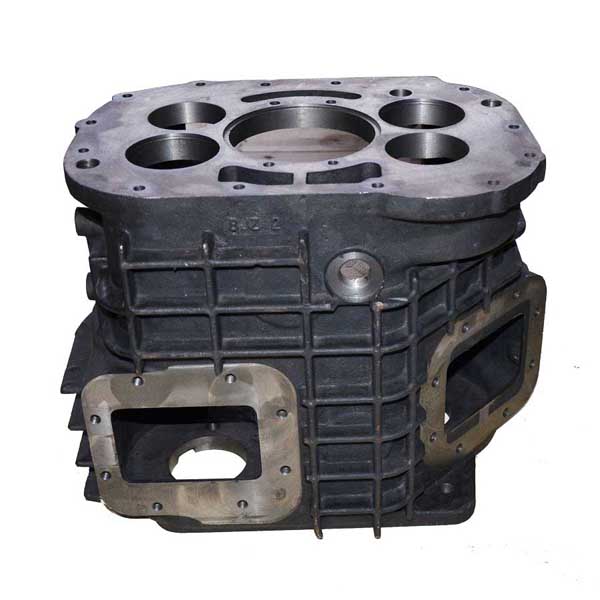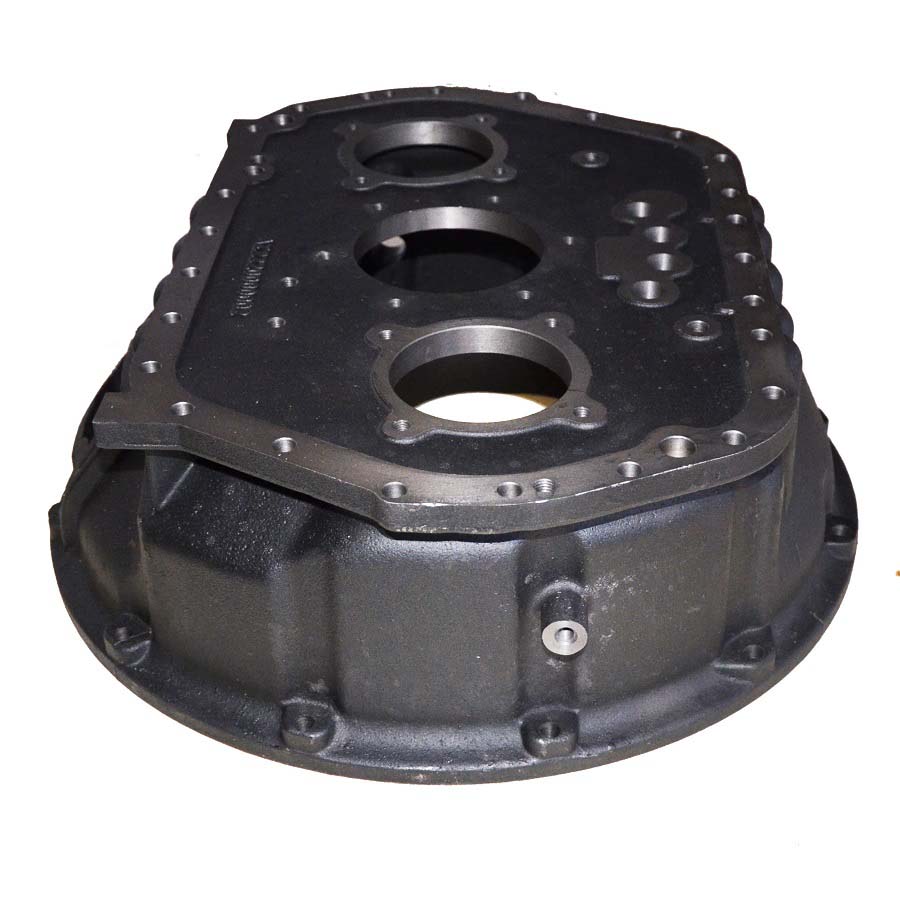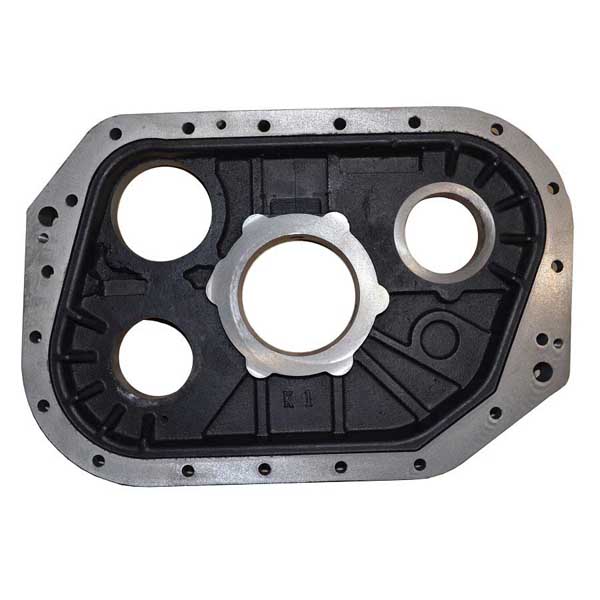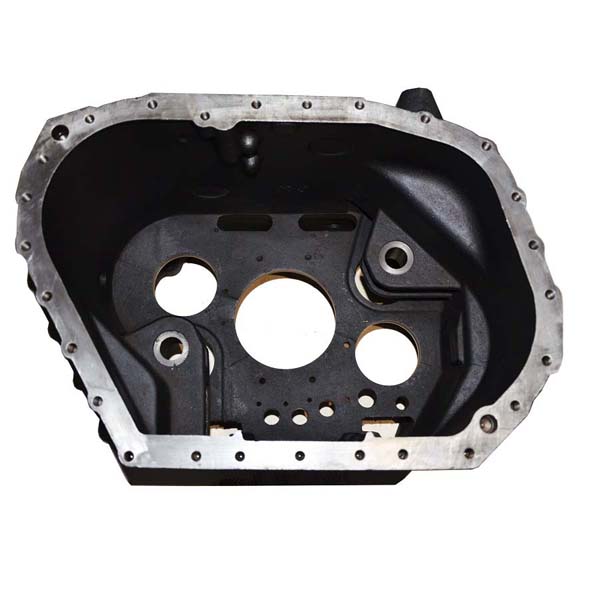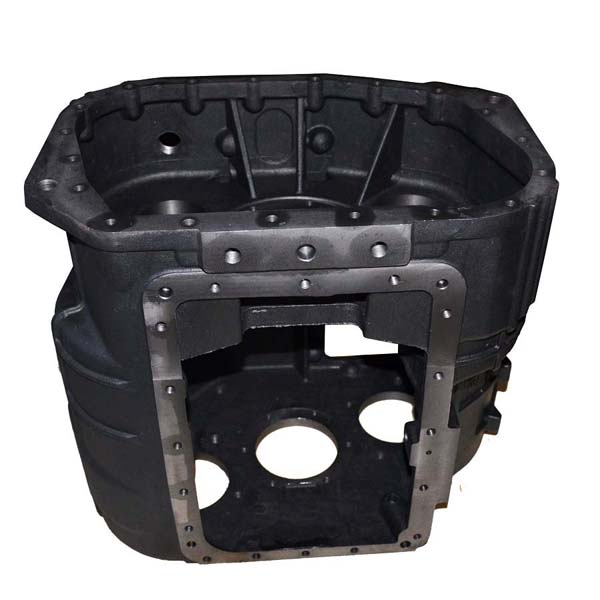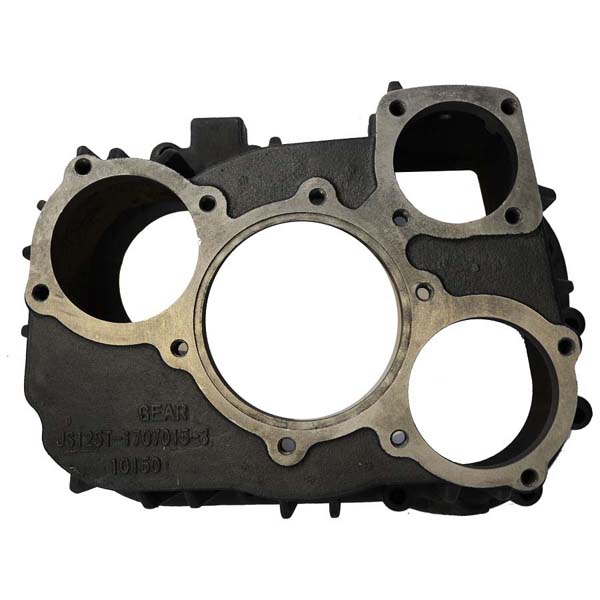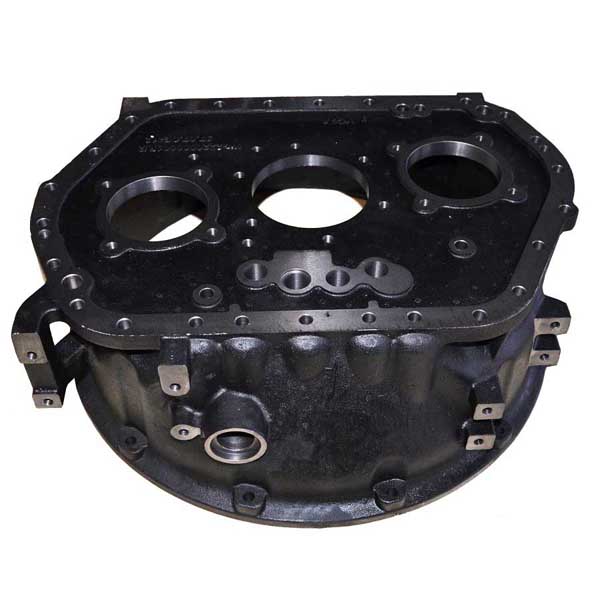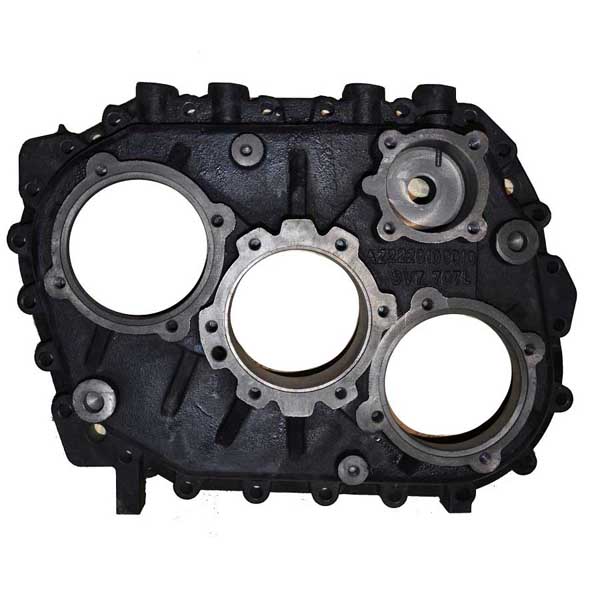Lost Foam Casting Foundry
Lost foam casting process produce near the near net shape casting parts with lost patterns made from expandable polystyrene, EPS. The EPS positive patterns are mounted to a casting system. After dressing, the pattern clusters are inserted into pouring vessels, which are then filled with unbound quartz sand. During lost foam casting process, the patterns remain in the compacted sand mould.
For the production of metal castings with complex structure, RMC has the lost foam series casting system as well as several foam and gluing machines. The lost foaming process is considered to be the most suitable casting process for the large scale metal parts with complex structure, with weights of 0.2 kg to around 500 kg or more.
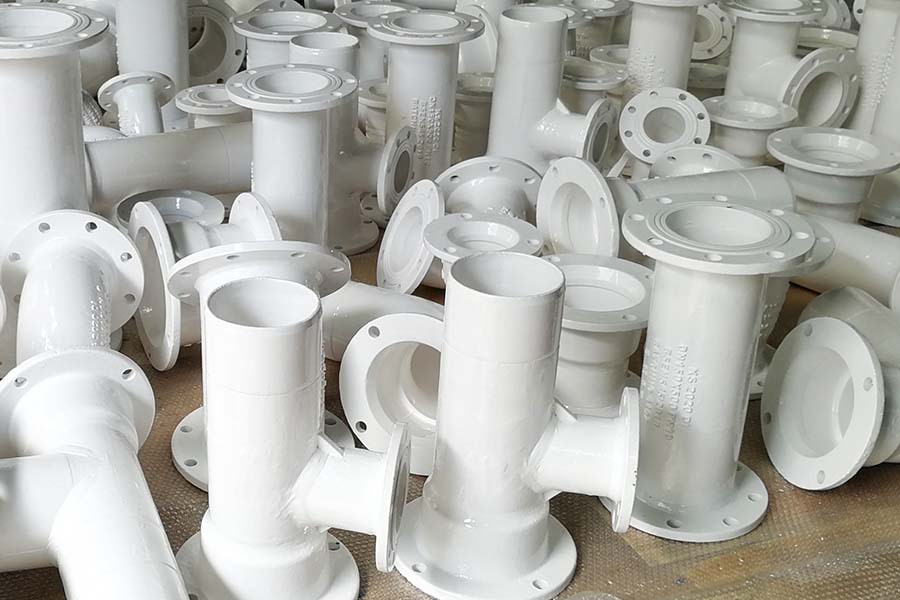
Capabilities of Lost Foam Casting :
- Max Size: 1,000 mm × 800 mm × 500 mm
- Weight Range: 0.5 kg - 100 kg
- Annual Capacity: 2,000 tons
- Tolerances: On Request
- Heat Treatment: Avaialbe
- Custom Service: Available
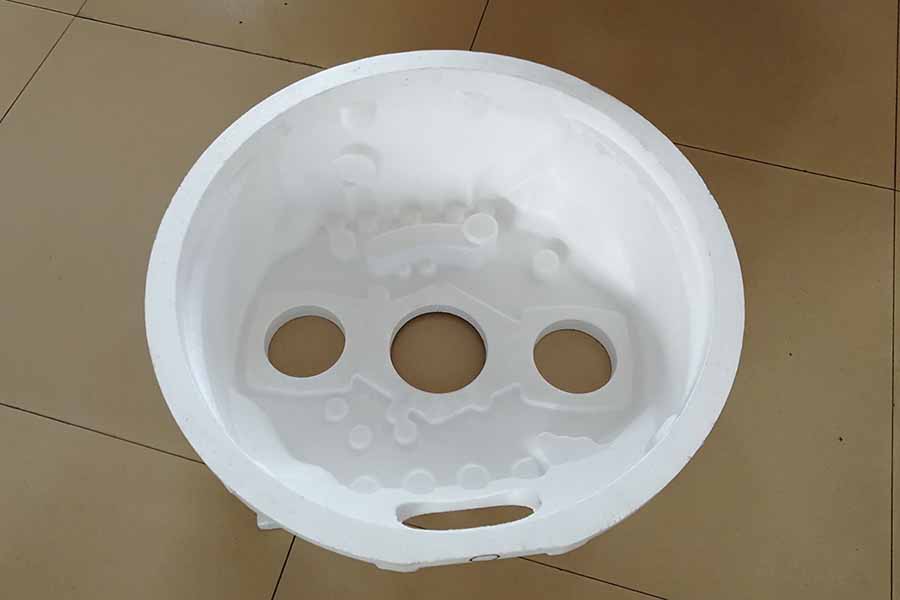
Advantages of Lost Foam Castings:
- Greater design freedom in the construction of cast parts
- Small quantity is possible due to the layered structure of the pattern.
- Lower need for secondary machining with near net shape.
- High flexibility by short start up lead time.
- Longer EPS mould span life, thus lower average tool costs
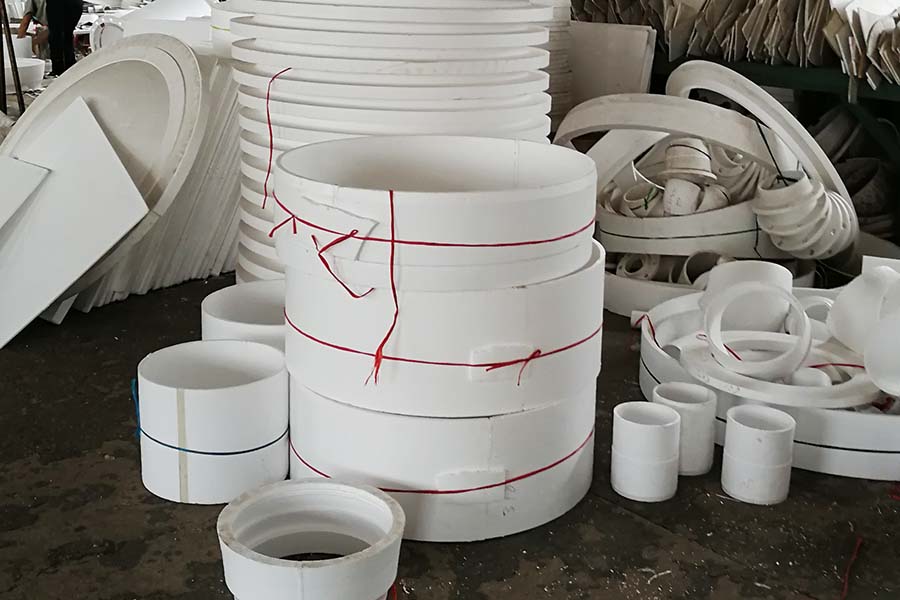
Lost Foam Casting Process
During lost foam casting process, the sand is not bonded and a foam pattern is used to form the shape of the desired metal parts. The foam pattern is "invested" into the sand at the Fill & Compact process station allowing the sand into all voids and supporting the foam patterns external form. The sand is introduced into the flask containing the casting cluster and compacted to ensure all voids and sapes are supported.
- Mold foam pattern making.
- Age pattern to allow dimensional shrinkage.
- Assemble pattern into a tree
- Build cluster (multiple patterns per cluster).
- Coat cluster.
- Foam pattern coating.
- Compact cluster in flask.
- Pour molten metal.
- Extract cluster from flasks.
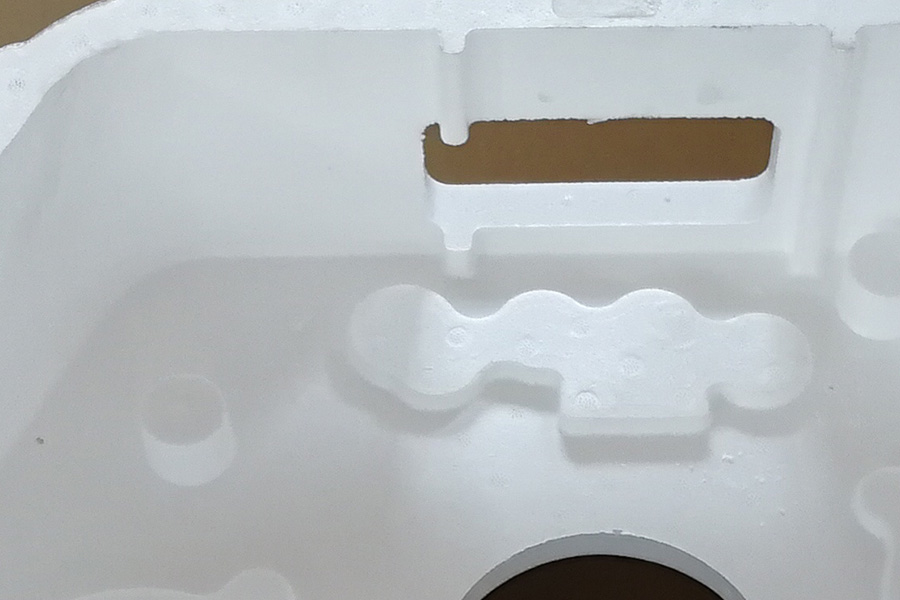
Lost Foam Castings Materials
- Cast Iron: Ductile Iron (EN-GJS-400 ~ EN-GJS-800, GGG40 ~ GGG80), Gray Iron (EN-GJL-100 ~ EN-GJL-350, GG10 - GG40)
- Carbon Steel: Low carbon, medium carbon and high carbon steel from AISI 1020 to AISI 1060.
- Cast Alloy Steel: ZG20SiMn, ZG30SiMn, ZG30CrMo, ZG35CrMo, ZG35SiMn, ZG35CrMnSi, ZG40Mn, ZG40Cr, ZG42Cr, ZG42CrMo...etc on request.
- Stainless Steel: AISI 304, AISI 304L, AISI 316, AISI 316L and other stainless steel grade
- Aluminium, Brass and other metal with their alloys.
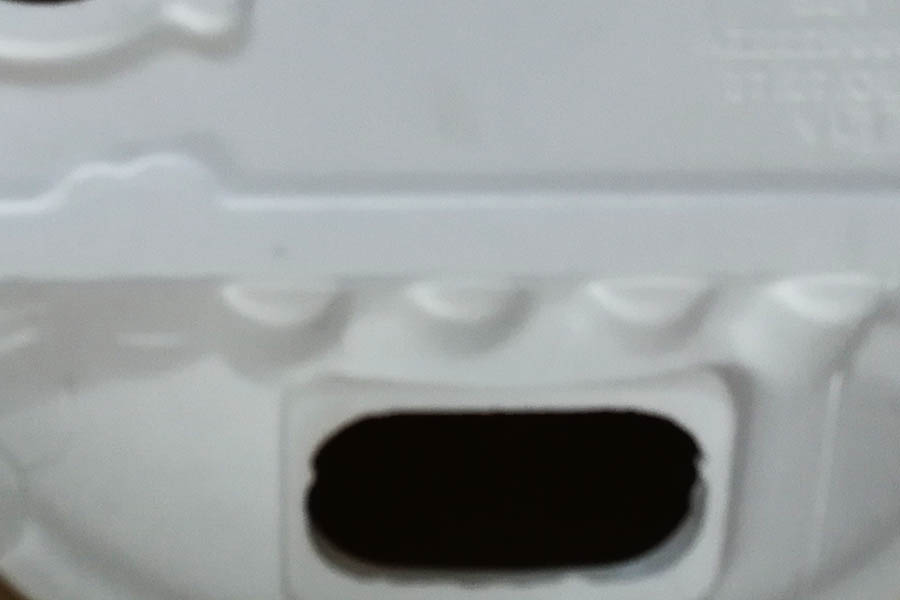
Lost Foam Casting Gallery
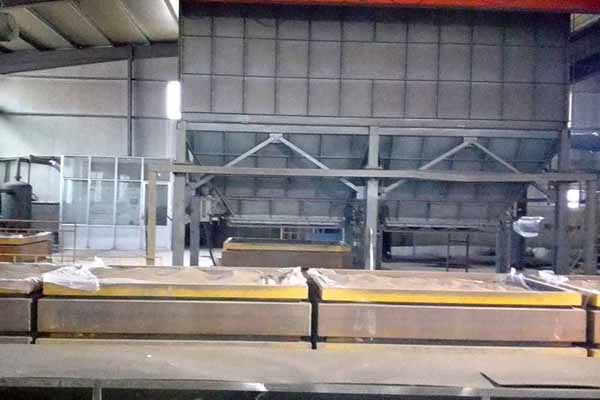
Sand Processing
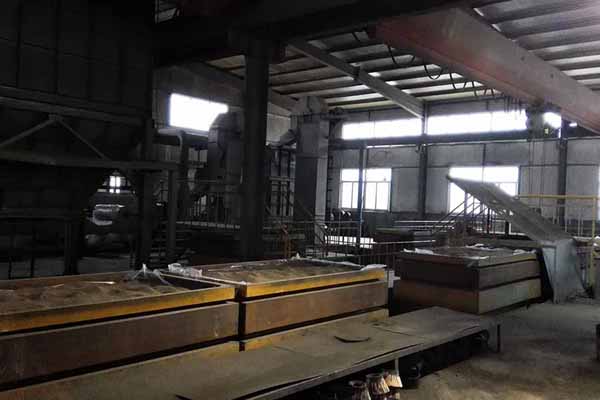
Sand Process
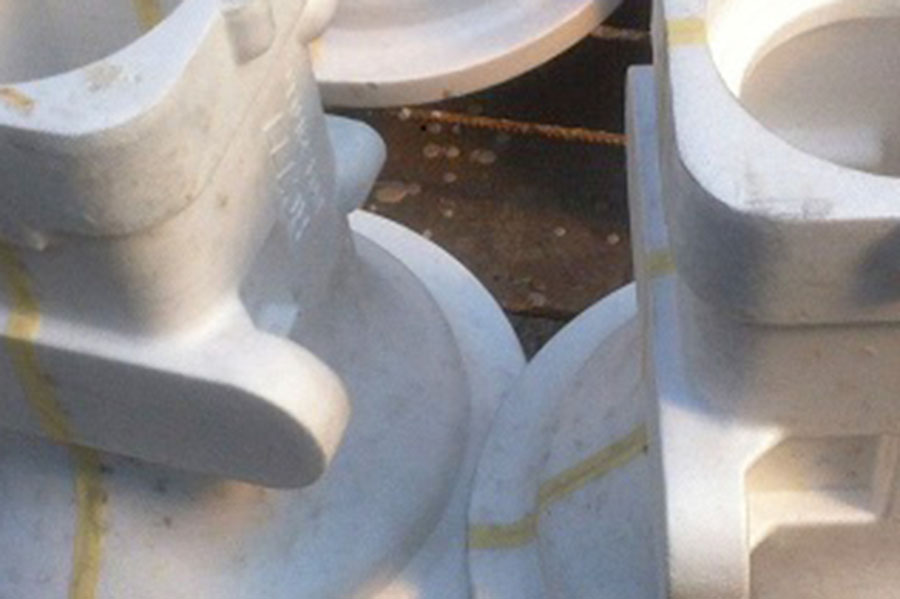
Foam Patterns
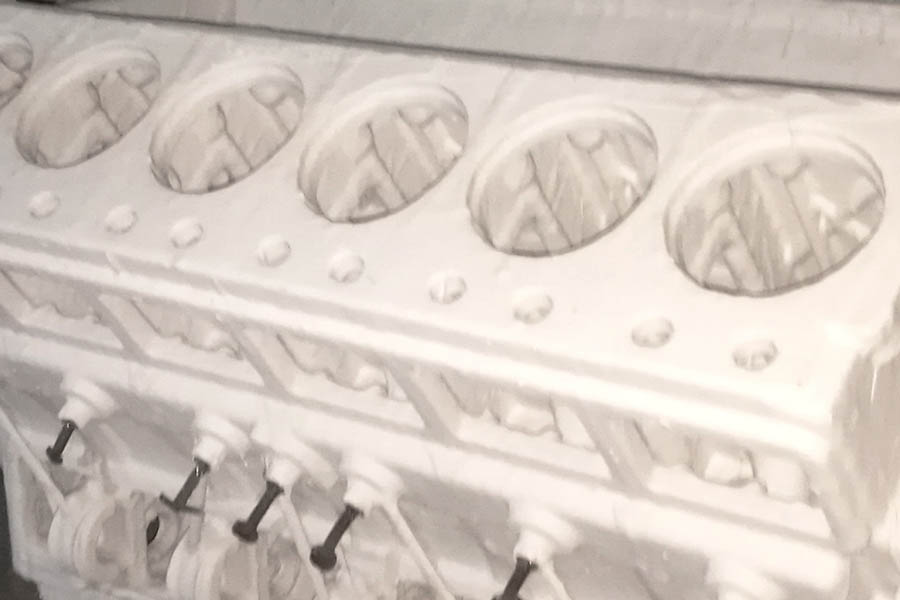
Foam Pattern
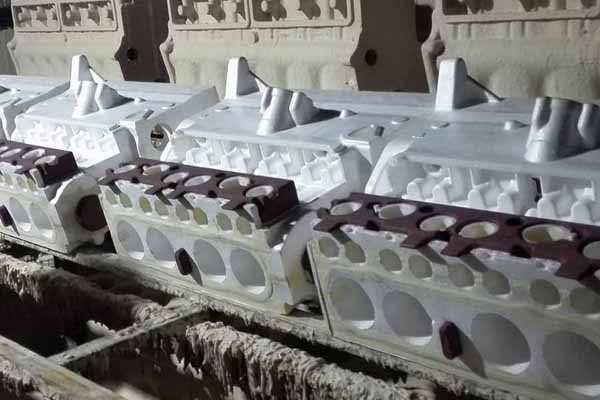
Foam Pattern Making
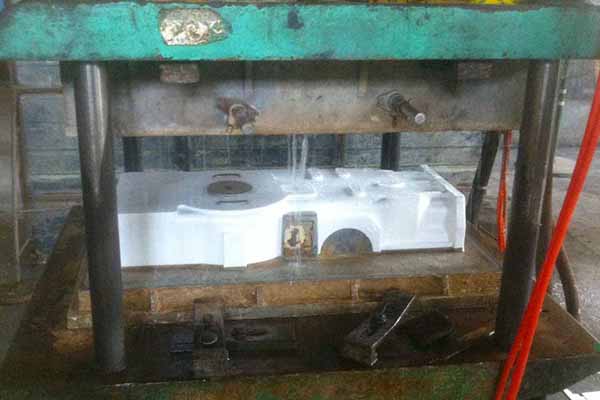
Pattern Making
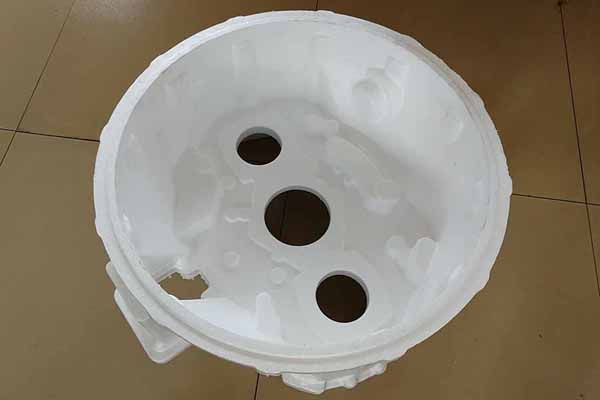
Foam Pattern
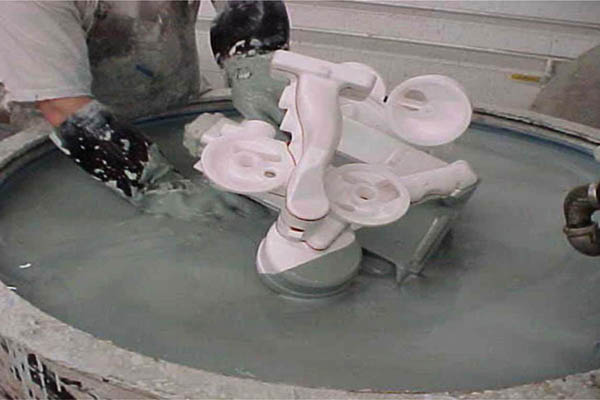
Foam Pattern Coating
Value Added Service of Lost Foam Casting
RMC provides a comprehensive line of lost foam equipment, including flask pouring, flask handling and flask compaction. Our line of foam bead processing equipment is recognized world wide as one of the leading ones.
- Engineering team whose members are focusing on metal casting field.
- Extensive experience with complex geometries parts
- A broad range of materials, including ferrous and non-ferrous alloys
- In-house CNC machining capabilities
- One stop solutions for castings and secondary process
- Consistent quality guaranteed and continuous improvement.
- Teamwork including toolmakers, engineers, foundryman, machinist and production technicians.
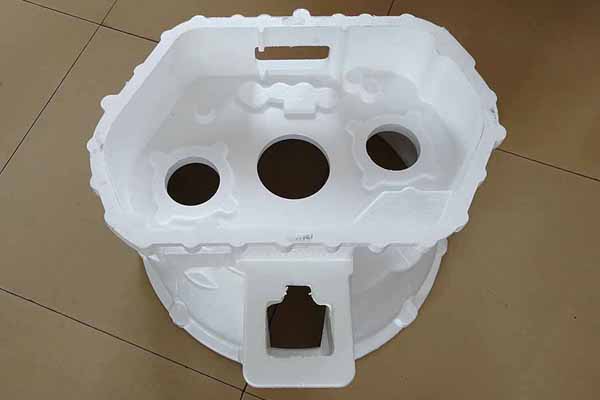
 русский
русский
